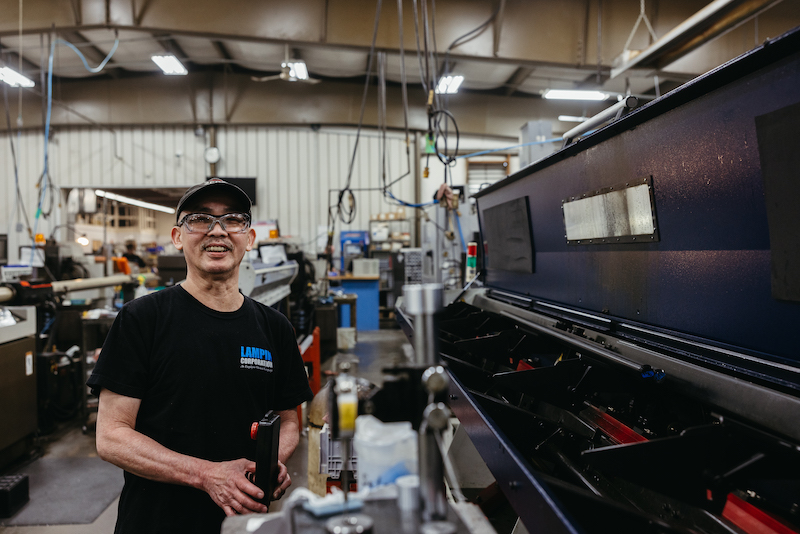
Creating a compelling vision is an important first step in creating a high-performing employee-owned company. It’s a way to focus your team and keep everyone aligned with the same goal. It’s also a way to resist temptation and make decisions that align with your overall strategy.
What Is A Compelling Company Vision?
A vision is a timeless statement of purpose that inspires people to unite behind a common goal. In most companies, the vision is dictated by the founder, board of directors, or CEO. But in an employee-owned company, the vision should be a collective effort.
With so many voices and stakes in the company, ESOPs can struggle in the absence of a single driving vision. The leader’s responsibility is to identify and direct employees’ focus to the company’s “North Star,” an outcome that everyone can buy into and use to guide their decisions. It can be hard to maintain focus and align everyone with the same goal but there are many benefits to be had. A clear, unified vision can help you attract and retain top talent, improve communication and collaboration within your team, and help you make better decisions when facing an opportunity or crisis.
One of the hardest— and most necessary— skills to practice is the ability to decide what not to do. Turning down tempting new clients, offers, and purchases is hard. But resisting the impulse that does not align with your vision will lead to unprecedented levels of effectiveness in the future.
Developing Your Compelling Vision
The first step in creating a compelling vision is to develop a clear and concise statement of what your company stands for. Your company’s vision should be ambitious and aspirational. It should inspire your team to unite behind a common goal and strive to achieve greatness, something that inspires and motivates while providing them with a sense of direction and purpose. This means that the focus should not only be on financial success but also consider the company’s social and environmental aspects.
John Biagioni, president of Lampin Corporation, suggests starting with a detailed picture of the future you want to see and working backward to plan that journey. “If you can’t see that future, you can’t achieve it. So, the first step is visualizing the future, seeing exactly where you need to go and what you need to do to get there. If you start with that future, you’ll know what it looks like, and why it’s important; then you can commit to it, to enroll in that future. It’s especially true for employee-owned companies because ESOPs are not just businesses, they’re communities, and the outcome will have a significant, long-term impact on everyone.”
This technique is often called the Merlin Method, recalling the magician of Arthurian legend whose unique relationship with time allowed him to “remember the future.” Essentially, you must begin with a detailed picture of the results you want to achieve and then work backward to “remember” how you get there.
A Compelling Vision in Action
 Lampin Corporation is one example of a company following a clear vision for the future: to be the best in their industry and make a positive impact on their employees, their families, and their community. This vision has informed every decision made by Lampin, from the relationships they develop to the way they treat their employees.
Lampin Corporation is one example of a company following a clear vision for the future: to be the best in their industry and make a positive impact on their employees, their families, and their community. This vision has informed every decision made by Lampin, from the relationships they develop to the way they treat their employees.
Lampin’s commitment to that vision has paid off, and the company is an example of a highly successful employee-owned company. Lampin employees are some of the industry’s most engaged and satisfied workers.
“Our success is a direct result of a compelling vision,” says Biagioni. “We want to create something special, something that makes a difference in the world. That’s what drives us every day.”
The takeaway for other employee-owned companies is clear: a compelling vision is essential for long-term success. By focusing on what you want to achieve and building a detailed picture of the future, you can ensure that your company is always moving in the right direction.

